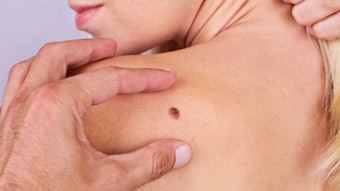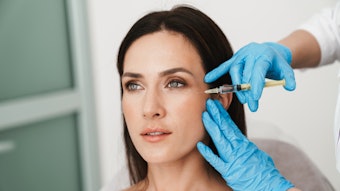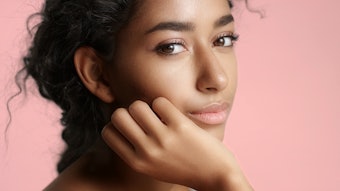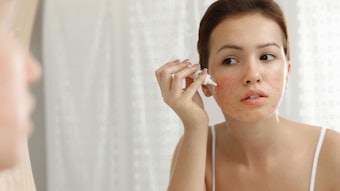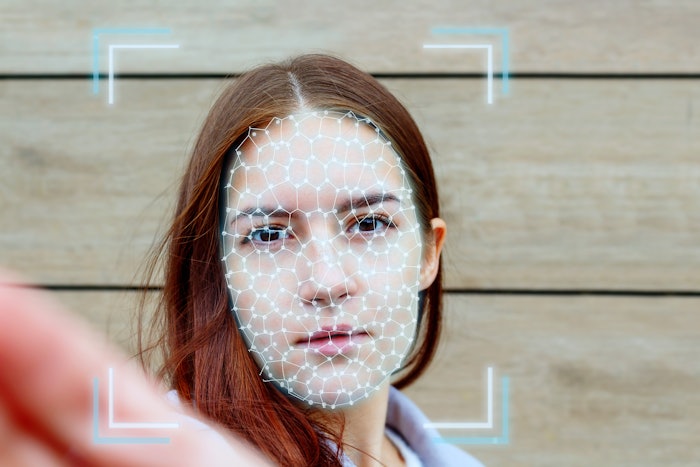
AI-Based Approach to Analyzing Image Data
Artificial intelligence (AI)-based and computer vision systems for analyzing image data have been taking the medical aesthetics industry by storm. Providing advanced methods of visual analysis for everything from skin cancer screening to creating 3D face reconstructions and predicting biological and perceived age, the use of AI-based imaging methods is rapidly increasing. The potential to provide remote diagnostics and noninvasive nature, particularly in the wake of Covid, is invaluable for improving consultations and communication with patients, especially in situations where traveling to a physical office is difficult.
Related: 8 Bio-imaging Instruments for Aesthetic Procedures
Haute.AI
A recent study by Anastasia Georgievskaya, M.S., in Plastic and Reconstructive Surgery (October 2022) attempts to answer the question of how the results of AI-based analysis can be best presented to allow for personalization. Using AI-based systems to analyze image data, the author explores the benefits of presenting skin parameter scores using gender- and age-specific scales. The study analyzes differences in the distribution of skin parameters in men and women ranging in age from 18-67 years old to determine if the same scales can used to score different age and gender groups.
The study used Haute.AI’s Image Quality Software to perform image quality analysis and standardization. Haute.AI’s Skin Metrics Report computer vision-based software, which was trained on three million data points, was used to calculate the skin parameters for the face. Out of the 136 face and skin attributes the software can calculate using neural network algorithms and computer vision methods, this study analyzed sagging, dark circles, eye bags, wrinkles, pores, uniformness, acne, pigmentation, redness and translucency. Using the private Beauty.AI dataset, a collection of fully anonymized skin data obtained from 17,700 selfie pictures captured with smartphone cameras, the author selected selfie photographs of 433 subjects, 244 females and 189 males, 18–67 years of age, with an average age of 29.2 years.
Related: Perfect Corp. Debuts AI Skincare Pro Software for iPad Users
Gender Differences:
Women had higher scores for sagging, wrinkles, uniformness, pores, pigmentation and redness than men, but men scored higher for eye bags and translucency when the results for the all-female subject groups were compared with all-male subject groups. This was also true for the comparison of the 18- to 30-year-old female and male groups. For the 30- to 45-year-old groups, women scored higher than men in sagging, wrinkles and pores, while men scored higher in eye bags, acne and translucency. No statistically significant differences were observed for other parameters. Groups with subjects older than 45 years of age only demonstrated statistically significant scores in the sagging, pores, uniformness and acne, with women scoring noticeably higher in sagging, pores and uniformness.
Age Group Differences for Women:
When comparing women 18-30 years old with women 30-45 years old, scores in sagging, eye bags, wrinkles, pores and uniformness exhibited statistically significant differences. The same parameters, in addition to pigmentation and redness, demonstrated a statistically significant difference in scores for women 18−30 years old compared to women older than 45 years of age. Women 30−45 years old showed statistically significant differences in scores for eye bags, wrinkles, acne and translucency compared to women older than 45 years of age. In all cases, the parameter values declined with age.
Related: BeautyFix Medspa Launches Medically Accurate Aesthetics Simulation
Age Group Differences for Men:
Men 18−30 years old demonstrated a statistically significant difference in scores for sagging, eye bags, wrinkles, pores and acne compared to the men 30−45 years old. The author observed a statistically significant difference in scores for the same parameters listed above, as well as for dark circles, uniformness and redness, in men 18–30 years old when compared with men older than 45 years old. Men 30-45 years old showed a statistically significant difference in scores for wrinkles, uniformness, acne and redness compared to men older than 45 years of age. Scores declined with age for the majority of skin parameters with statistically significant differences in results.
Improving Patient Experience
The results of the study confirmed that using age- and gender-specific scales enables physicians to compare patient scores with their reference groups. This allows the physician to set realistic expectations about achievable skin results in their patient’s corresponding demographic group, making it possible to inspire optimism in patients and positive reinforcement throughout the treatment process.

